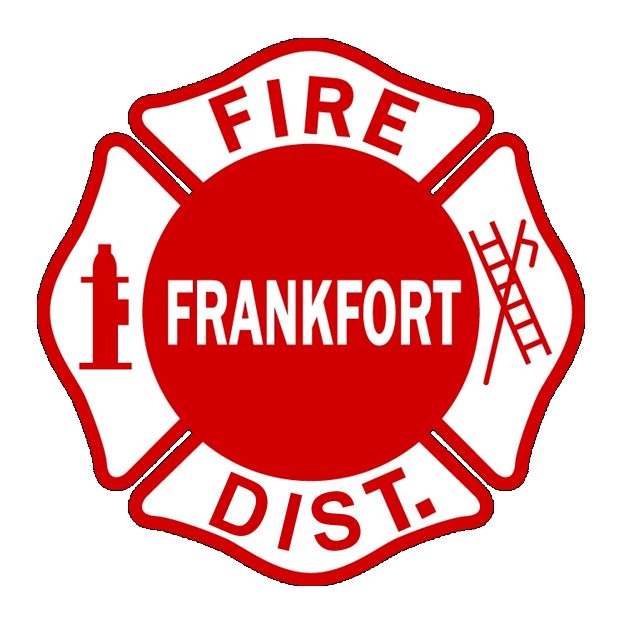Statistics and Data
The District utilizes the NIFRS reporting standard. The National Fire Incident Reporting System (NFIRS) is a reporting standard that fire departments use to uniformly report on the full range of their activities, from fire to Emergency Medical Services (EMS) to equipment involved in the response.
Below is an interactive map that shows the location of all incidents that the District has responded to for the current year to date. This does not include incidents in which the units were canceled while enroute.
Below is a chart that displays the 15 most common incident types that have been responded to for the current year to date.
Below is a chart that displays incident types grouped by NFIRS incident category. This is for the current year to date.
Below is a chart that displays the property usage for incidents that have been responded to for the year to date.
Below is a chart that displays the percentage of emergency responses to non-emergency responses at the time of dispatch for the current year to date.
Below is a table that displays incidents by NFIRS category per month. The total for the current year to date is also compared with the previous year to date.
This tabular report shows the number of times that there have been concurrent incidents in progress. Multiple calls are considered to be in progress when each incident's Alarm Date Time and Last Unit Cleared Date Time overlap, and this tabular report is designed to show how often there are certain numbers of calls in progress, and how long those calls overlapped for.
The chart below displays a units hourly utilization (UHU). One method of measuring workload in the fire service is unit hour utilization (UHU), which has traditionally been calculated as the percentage of time during a shift that firefighters are assigned to an incident. For example, if during a 24-hour shift, an engine company responded to 10 calls, and the average time from dispatch to returning to service was 34 minutes, the UHU would be 34 times 10, divided by the number of minutes in one day (1440), which equals 24%. There are no industry standards for UHU, but the fire service has traditionally viewed UHUs above 25 or 30 percent as the threshold for a 24-hour shift, in order to ensure units are available to respond to emergencies and response time standards can be met. Some may question why working 25% -30% of the day is busy, this is because much of the required work of the department comes outside of emergency response—such as maintaining the apparatus, physical exercise, training, documentation, and public outreach.
Below is a chart the displays to total number of incidents per year that the District has responded to. This is the most basic statistic for a fire department. The difference over the 20 year span is a 93.9% increase. This is an average increase of 4.7% in incidents per year.


